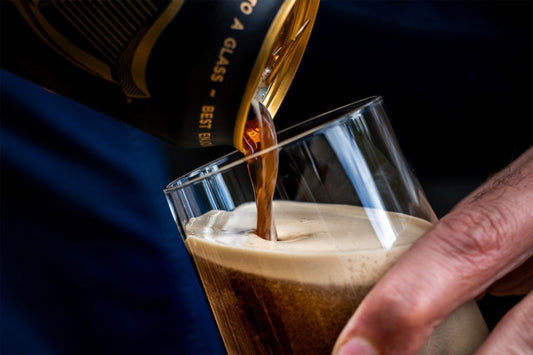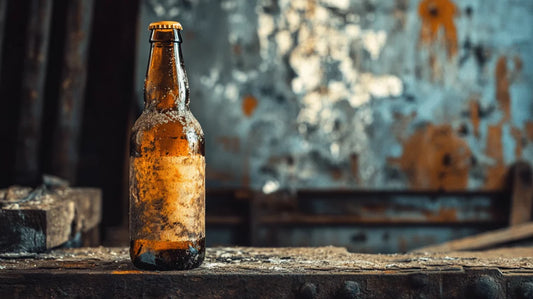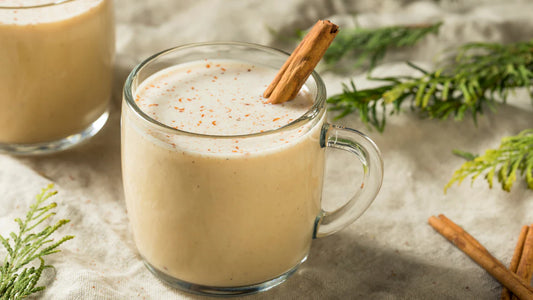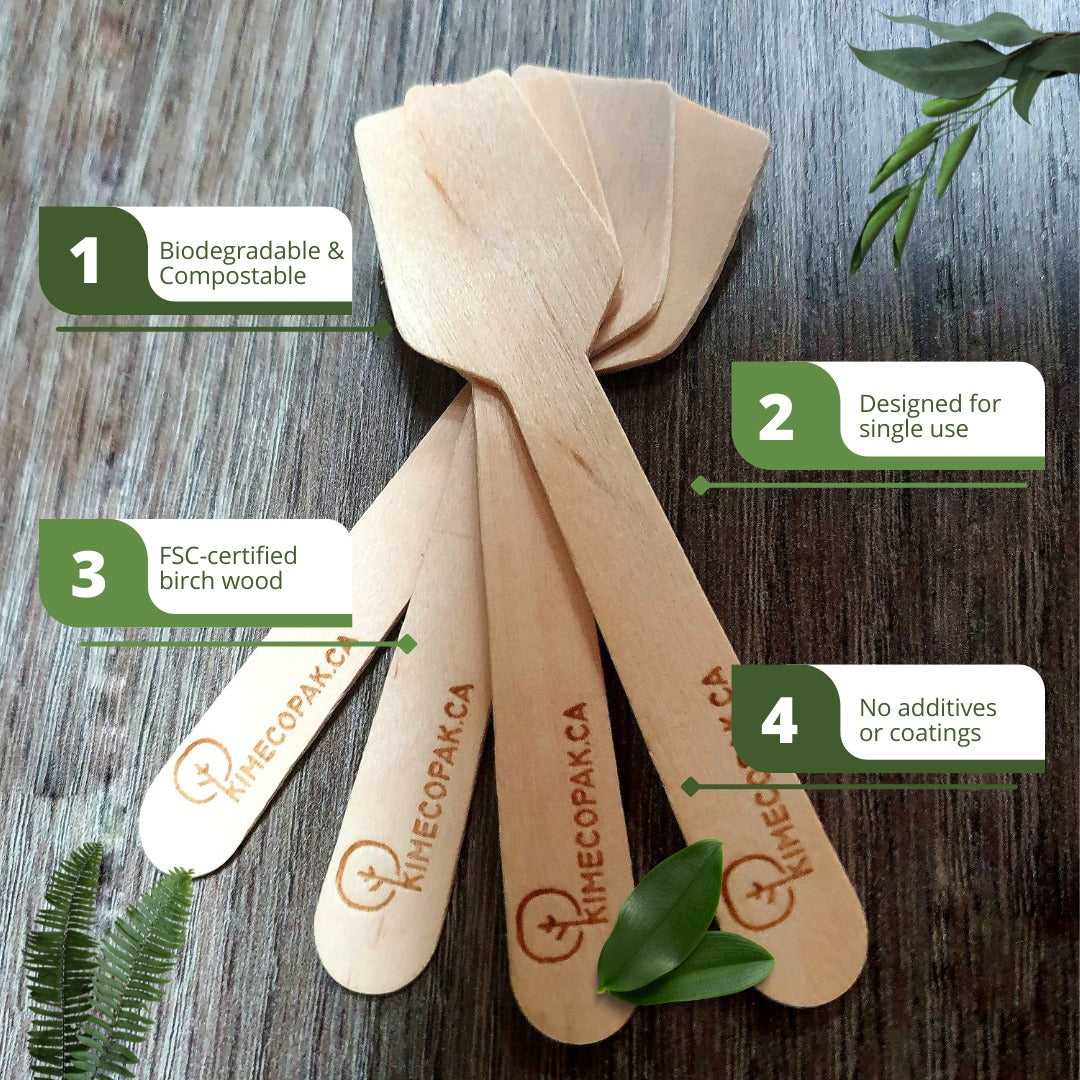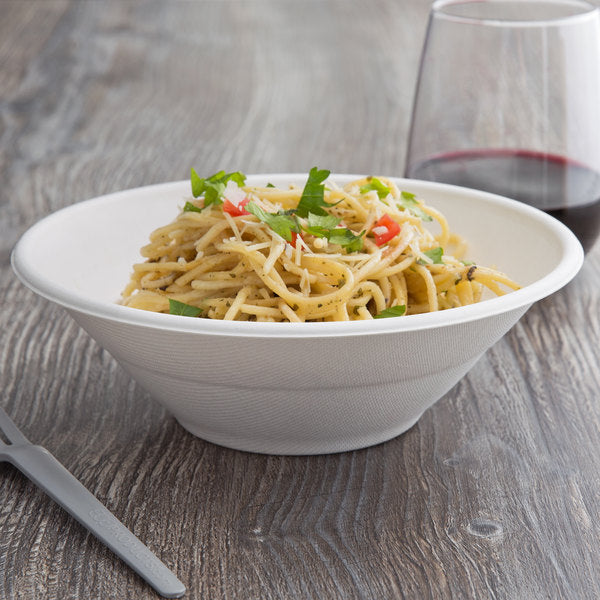Baking a cake can be a satisfying experience, but it demands precision and attention to detail. Common mistakes, such as wrong measures or inappropriate mixing, can have a substantial impact on the final result. By knowing and avoiding these mistakes, bakers may consistently produce delicious and visually beautiful cakes. This post will look at the most common baking mistakes and provide helpful cake baking tips to ensure satisfactory results.
Mistake #1: Incorrect Measurements
In cake baking, precision is key. Accurate measurements ensure that the ingredients combine in the correct proportions, resulting in a cake with the desired texture, taste, and consistency. Even a slight deviation can lead to a less-than-ideal outcome.
Common Mistakes
- Using incorrect measuring tools: Employing the wrong tools, such as using a tablespoon for a teaspoon measurement, can significantly alter the recipe's balance. This can lead to a cake that is too dense, too dry, or too sweet.
- Overfilling or underfilling measuring cups: Overfilling can introduce excess ingredients, potentially making the cake too moist or too rich. Underfilling, on the other hand, can result in a cake that is too dry or lacks the desired flavor.
- Not leveling ingredients: Dry ingredients, such as flour and sugar, should always be leveled to ensure accurate measurements. Packing them down can result in excess amounts, leading to a denser, heavier cake.

Cake Baking Tips for Accurate Measurements
- Invest in a good set of measuring tools: A high-quality set of measuring cups and spoons, specifically designed for baking, is essential for achieving accurate measurements.
- Level ingredients with a straight edge: Use a straight edge, such as a knife or spatula, to level off dry ingredients in your measuring cups or spoons. This ensures that you're using only the correct amount of each ingredient.
- Avoid packing dry ingredients: Gently spoon dry ingredients into your measuring tools, avoiding packing them down. Packing can result in excess amounts, leading to a denser and heavier cake.
- Read the recipe carefully: Pay close attention to the specific measurements required for each ingredient. Double-check measurements before adding ingredients to the mixing bowl.
Mistake #2: Incorrect Mixing Techniques
The way ingredients are combined in a cake batter can significantly influence the final texture and appearance of the baked product. Proper mixing techniques help to incorporate ingredients evenly, ensuring a light and airy texture and a visually appealing cake.
Common Mistakes
- Overmixing: Overmixing can lead to a tough and dense cake. When ingredients are mixed excessively, the gluten in the flour develops too much, resulting in a chewy texture.
- Undermixing: Undermixing can cause uneven baking and a lumpy texture. If ingredients are not combined thoroughly, the batter may not cook evenly, leading to pockets of uncooked batter or a visually unappealing cake.
- Using the wrong mixing tools: Certain mixing tools, such as an electric mixer, can be too vigorous for delicate batters, leading to overmixing. It's essential to use the appropriate tool for the task.

Cake Baking Tips for Proper Mixing
- Mix ingredients until just combined: Once the dry ingredients have been added to the wet ingredients, mix only until the ingredients are just combined. Avoid overmixing, as this can lead to a tough cake.
- Use a spatula for gentle folding: For delicate batters, such as those containing whipped egg whites or whipped cream, use a spatula to gently fold the ingredients together. This helps to maintain the airiness of the batter.
- Avoid overmixing: Be mindful of the mixing time and avoid overmixing the batter. A slightly undermixed batter is often preferable to an overmixed one.
Mistake #3: Incorrect Baking Temperature and Time
Baking a cake at the correct temperature for the appropriate amount of time is crucial for achieving a moist, evenly cooked, and visually appealing cake. Deviating from the recommended temperature and time can result in a dry, overcooked, or undercooked cake.
Common Mistakes
- Setting the oven temperature too high or too low: An oven that is too hot can cause the cake to rise too quickly, resulting in a dense and dry texture. Conversely, an oven that is too cold can lead to a cake that is undercooked and has a moist, doughy center.
- Baking for the wrong amount of time: Baking a cake for too long can result in a dry, overcooked cake. On the other hand, baking a cake for too short a time can leave it undercooked and moist in the center.

Cake Baking Tips for Proper Baking
- Use an oven thermometer to verify temperature: To ensure accurate baking temperatures, invest in an oven thermometer and calibrate it regularly. This will help you avoid baking at the wrong temperature.
- Check the cake for doneness with a toothpick: To determine if a cake is fully baked, insert a toothpick into the center of the cake. If it comes out clean, the cake is done. If it comes out with crumbs attached, it needs to bake for a few more minutes.
- Adjust baking time as needed: Different cake recipes may require varying baking times. Monitor the cake closely and adjust the baking time as needed to ensure it is fully cooked.
Mistake #4: Improper Cooling
The way a cake is cooled can significantly affect its texture and appearance. Proper cooling helps to prevent the cake from collapsing or becoming soggy, and it also ensures that the frosting adheres properly.
Common Mistakes
- Cooling the cake on a wire rack that is too small or uneven: A small or uneven wire rack can restrict air circulation around the cake, leading to uneven cooling and potential condensation.
- Not allowing the cake to cool completely before frosting: Frosting a warm cake can cause the frosting to melt or become runny, resulting in an unappealing appearance and a less enjoyable taste.

Cake Baking Tips for Proper Cooling
- Use a wire rack that is large enough to allow air circulation: Place the cake on a wire rack that is large enough to allow air to circulate freely around the cake. This will help the cake to cool evenly and prevent condensation.
- Cooling the cake completely before frosting: Allow the cake to cool completely to room temperature before frosting. This will prevent the frosting from melting or becoming runny, ensuring a smooth and professional finish.
- Avoid placing the cake on a cold surface: Placing a warm cake on a cold surface can cause condensation to form, which can lead to a soggy cake. Allow the cake to cool on a warm, dry surface.
Conclusion
By understanding the cake baking tips and avoiding common baking mistakes, you can significantly improve your cake-baking skills. Practice, patience, and attention to detail are key to creating delicious and visually appealing cakes.


